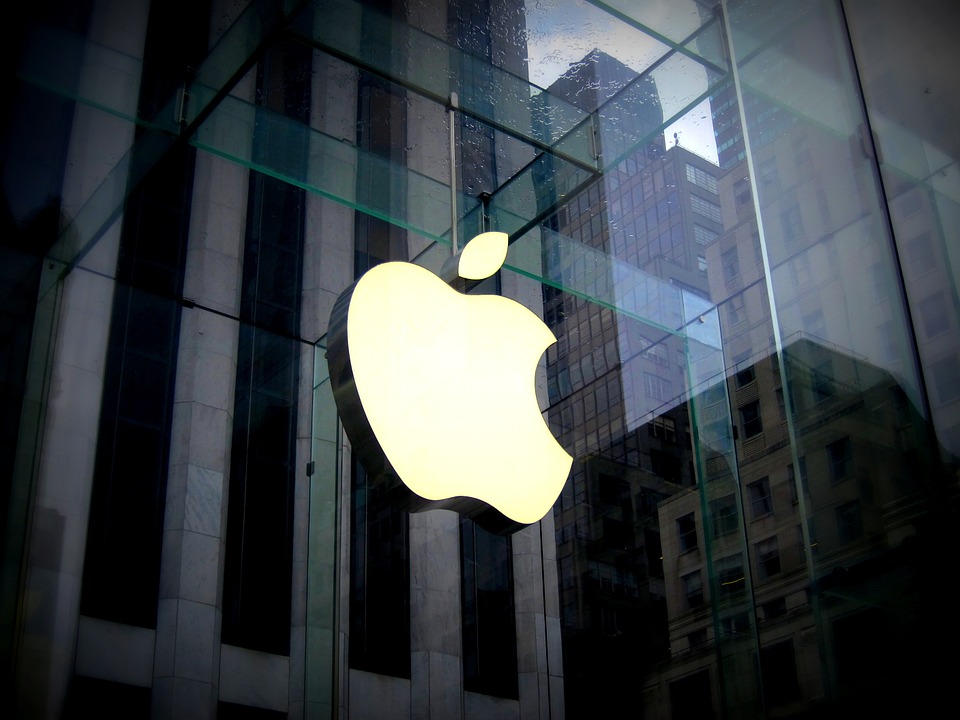
A few days ago, the US Patent & Trademark Office published a new patent application by Apple Inc. that describes a ‘deformable touch-sensitive quantum tunneling’ material for the iPhone, Apple Watch, smart cases and more.
Quantum tunneling refers to the quantum mechanical phenomenon wherein a charge travels through a medium that it usually cannot pass through. The process creates an electrical resistance to change the material’s response. For example, an electrical charge does not pass through silicone, but the quantum tunneling effect will allow it to go through conductive particles even though the parts are separated by insulation.
There are various ways on how this breakthrough material will change the future of mobile devices.
Firstly, it can be used in smartphone cases to allow users to control their iPhones from the back of the case.
Secondly, the material could virtually eliminate bulky physical buttons. This will transform the next iPhones to ‘nearly waterproof perfect’ with a slick touch feature.
Thirdly, the quantum tunneling material can be extended to Apple Watches, which will allow touch controls in the band without the need for any buttons. Also, the future of EarPods will benefit from the material as it eliminates the cumbersome remote. Since it won’t require any buttons or remote, Apple can now employ a new design that will make the wireless accessory even thinner.
Lastly, it can be an important material in iPhones. The material can be applied in mobile devices to offer “attractive, robust input mechanisms and other force-sensitive components.”
“An electronic device can sense the resistance across the quantum tunneling material (using sensing circuitry coupled to electrodes that are in contact with the quantum tunneling material) and detect whether a user has pressed on the material. In this way, quantum tunneling materials (or other touch-sensitive materials) may replace or supplement conventional mechanical buttons as inputs to the electronic device,” confirmed the new Apple patent.
The touch-sensitive material could later on be applied to other technologies such as smart home devices, trackpads, and future accessories.
This new groundbreaking idea is exactly what we need to see a new change in mobile devices. However, we are unsure whether the patent will be applied at all once granted. Apple has been granted several patents before, but only a few of them came to fruition.
One of the long-awaited patents of the company describes the idea of a ‘cellular MacBook’ wherein the laptop or PC can connect to just about anything, run apps known to mobile devices and perform basic cellular features, such as calling and text messaging.
Based on the patent, it will be using a high-speed mobile connection via its own SIM card slot. It can now tap into the ultrafast internet connections of 4G LTE offered on various mobile plans. Digital company O2 mentioned that mobile internet have kept people connected as most packages are now equipped with the fastest 4G LTE connections and larger data allocations of up to 20GB.
However, this patent has not been granted yet and we have seen similar cellular laptops in the past.
Just like the aforementioned patent, we are hopeful that this groundbreaking new material for iDevices and smart cases will see the light of day. After all, Apple has acquired several patents in the past, but only few made the cut. But this breakthrough material patent somehow gives us an insight on how the next iPhone and Apple device could work.
Exclusievly written for Patent Yogi
by JenTechLatest
